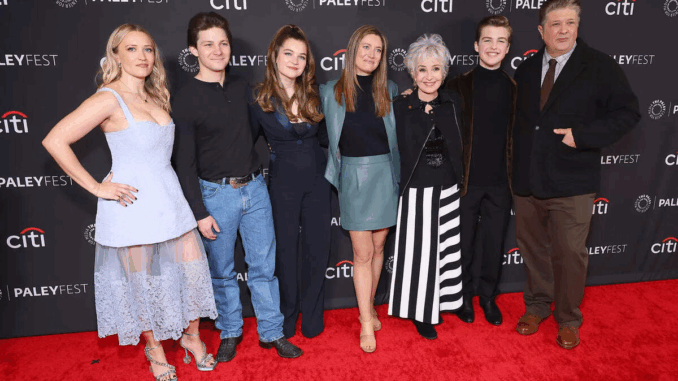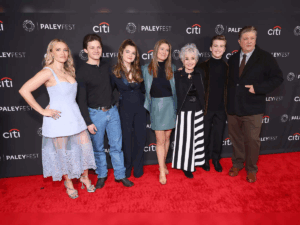
Introduction: A Fresh Look with Growing Pains
Young Sheldon has evolved significantly since its debut, and one of the most noticeable changes is its opening sequence. In Season 5, the show introduced a new title sequence that showcased the entire Cooper family, including Sheldon, Missy, Georgie, Mary, and George Sr., in various playful scenarios. While this change brought a fresh dynamic, it also highlighted a continuity issue that The Big Bang Theory never had to contend with.
The Challenge of Aging Child Actors
One of the primary challenges Young Sheldon faces is the aging of its child actors. Iain Armitage (Sheldon), Raegan Revord (Missy), and Montana Jordan (Georgie) have all grown visibly older since the show’s inception. This natural progression in their ages creates a discrepancy with the timeline established in The Big Bang Theory. In the original series, Sheldon Cooper is depicted as a 27-year-old physicist, but the events of Young Sheldon are set during his childhood and adolescence. As the actors age, the show’s timeline becomes increasingly challenging to reconcile with the established continuity of The Big Bang Theory.

The Big Bang Theory’s Flexible Timeline
The Big Bang Theory benefited from a more flexible timeline. The series did not delve deeply into the specifics of its characters’ pasts, allowing for a more fluid narrative. This flexibility meant that the show could adjust details as needed without causing significant continuity issues. For instance, the characters’ ages and life events were not rigidly defined, providing the writers with the freedom to explore various storylines without being constrained by a strict timeline.
The Impact of the New Intro
The new opening sequence in Young Sheldon serves as a visual representation of the growing age of its characters.While it adds a dynamic element to the show, it also underscores the challenge of maintaining continuity with The Big Bang Theory. As the characters age, the timeline becomes more difficult to align with the events of the original series.This issue is further compounded by the fact that the show’s narrative is moving closer to the events depicted in The Big Bang Theory, making it harder to avoid continuity discrepancies.
Conclusion: Navigating the Continuity Conundrum
Young Sheldon has done an admirable job of expanding on the backstory of Sheldon Cooper and his family. However, the aging of its child actors presents a unique challenge that The Big Bang Theory did not face. The new title sequence highlights this issue, serving as a reminder of the complexities involved in maintaining continuity between the two series. As the show progresses, it will be interesting to see how the writers address these challenges and continue to develop the characters in a way that honors the established timeline.
FAQs
Q1: Why did Young Sheldon change its opening sequence?
A1: The change was made to reflect the growing involvement of the entire Cooper family in the storyline, adding depth and variety to the show’s presentation.
Q2: How has the aging of the cast affected the show’s timeline?
A2: As the child actors have aged, it has become more challenging to align the events of Young Sheldon with the timeline established in The Big Bang Theory.
Q3: Did The Big Bang Theory face similar continuity issues?
A3: No, The Big Bang Theory had a more flexible timeline, allowing for adjustments without significant continuity problems.
Q4: Will the continuity issues be addressed in future episodes?
A4: It remains to be seen how the writers will address these challenges, but it is likely that they will find creative ways to maintain continuity between the two series.
Q5: How has the audience reacted to the new opening sequence?
A5: The new sequence has received mixed reactions; some viewers appreciate the fresh perspective, while others are concerned about the continuity implications.
